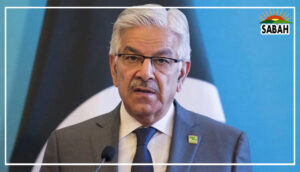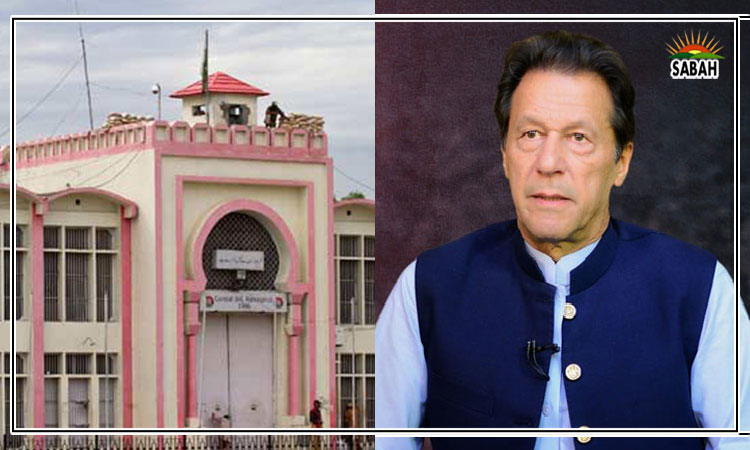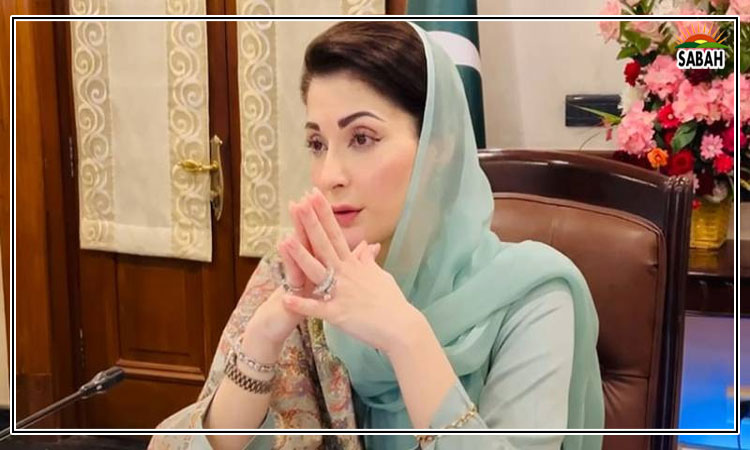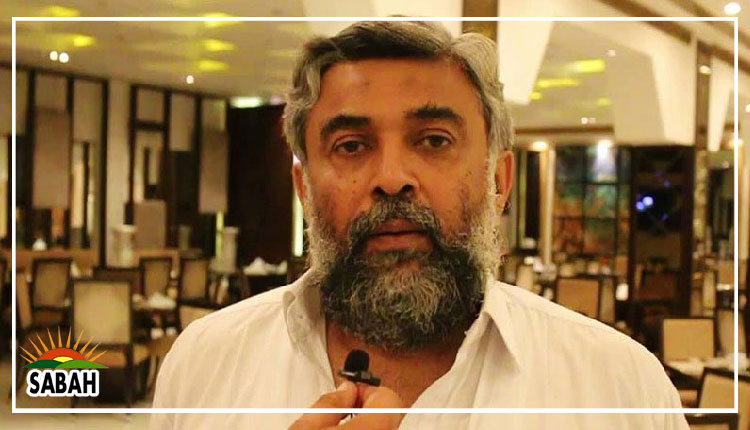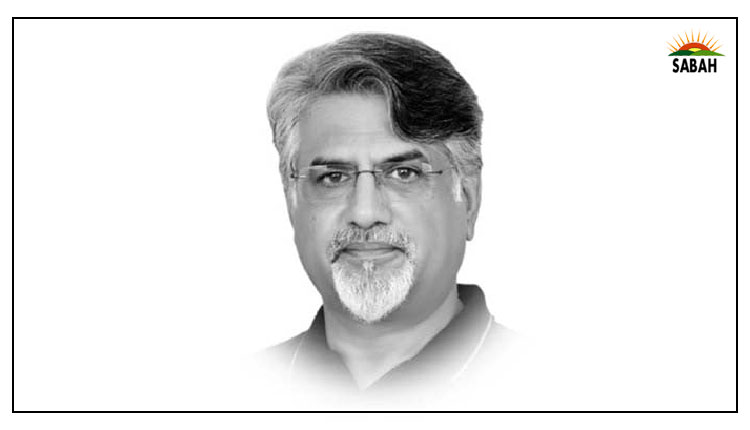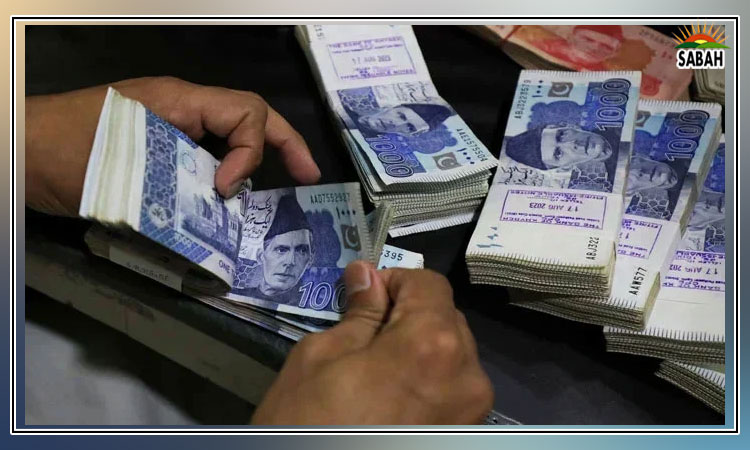The BRI factor… Amna Hashmi
The BRI and its flagship project, CPEC, represent transformative opportunities for global economic connectivity and development. At the heart of these initiatives lies Pakistan whose strategic location – at the crossroads of South Asia, Central Asia and the Middle East – makes it a key player in promoting international trade and energy routes. By leveraging its position and embracing transparency and inclusivity in these projects, Pakistan stands to attract substantial global investment, driving economic growth and enhancing regional stability.
Pakistan’s participation in BRI and CPEC is not just a matter of domestic economic development but a gateway to broader international collaboration. Such projects may have a positive impact for participating countries as well as other stakeholders such as the US. CPEC holds a great deal of potential for investment, especially in infrastructure; roads, railways and SEZs. Through inviting others to join and increasing participation, Pakistan can build up a rich economic environment, where the new cooperation can bring improved prosperity for the countries of the region.
The narrative around BRI and CPEC often faces challenges, with misleading claims posing risks to financial stability and global perception. It is crucial for Pakistan to actively counter such narratives, stressing the mutual benefits these projects bring. Promoting transparency in their execution is key to building trust and attracting more international investments.
For the US, participation in BRI and CPEC offers a chance to align with global economic growth while advancing its interests. The efficiency of the supply chain and reduction in the cost of shipping are potential advantages for exporters and businesses in the US. Additionally, the infrastructure and technology sectors hold significant potential for US companies, as BRI projects often incorporate cutting-edge innovations. Energy projects initiated under BRI can help stabilise energy markets and thus promote the general interest of the US in energy security.
BRI also ushers in possibilities of advancing cultural diplomacy and exchange, as well as educational opportunities for US culture and exchange institutions. These relationships developed through such cultural and diplomacy can foster long-term relationships beyond the economic aspect. Green development is evident from the sustainability focus of many BRI projects that gives US companies an opportunity to be part of the developments that will enhance environmental conservation, thus boosting their global image on the green revolution.
However, both BRI and CPEC have an enormous potential to be a major source of economic growth in the region, thereby contributing to alleviating regional tensions. Development- driven stability fosters a culture of peace which is central to the well-being of the entire world, the US in particular. If the US is to be involved in these initiatives or support them, it could foster improved diplomatic relations with countries in Asia, Africa and Europe among other regions worldwide.
For Pakistan, the stakes are equally high. As it continues to operate within complex geopolitical dynamics, CPEC serves as a cornerstone of its economic diplomacy. Strengthening economic ties through this corridor can open new trade, investment and development avenues, not only with China but also with other global players like GCC and the US. Such partnerships can redefine Pakistan’s role on the global stage, transforming it into a hub of connectivity and collaboration.
That CPEC has the potential to promote collaboration between various stakeholders is the key strength. By making the initiative more inclusive and transparent, Pakistan can position itself as a beacon of regional and global economic stability. The advantages go much beyond the economic benefits, and make the world a more connected and less violent place. As Pakistan champions these opportunities, the bright side of BRI and CPEC shines not just for the region but for the entire global community.
COURTESY TRIBUNE


